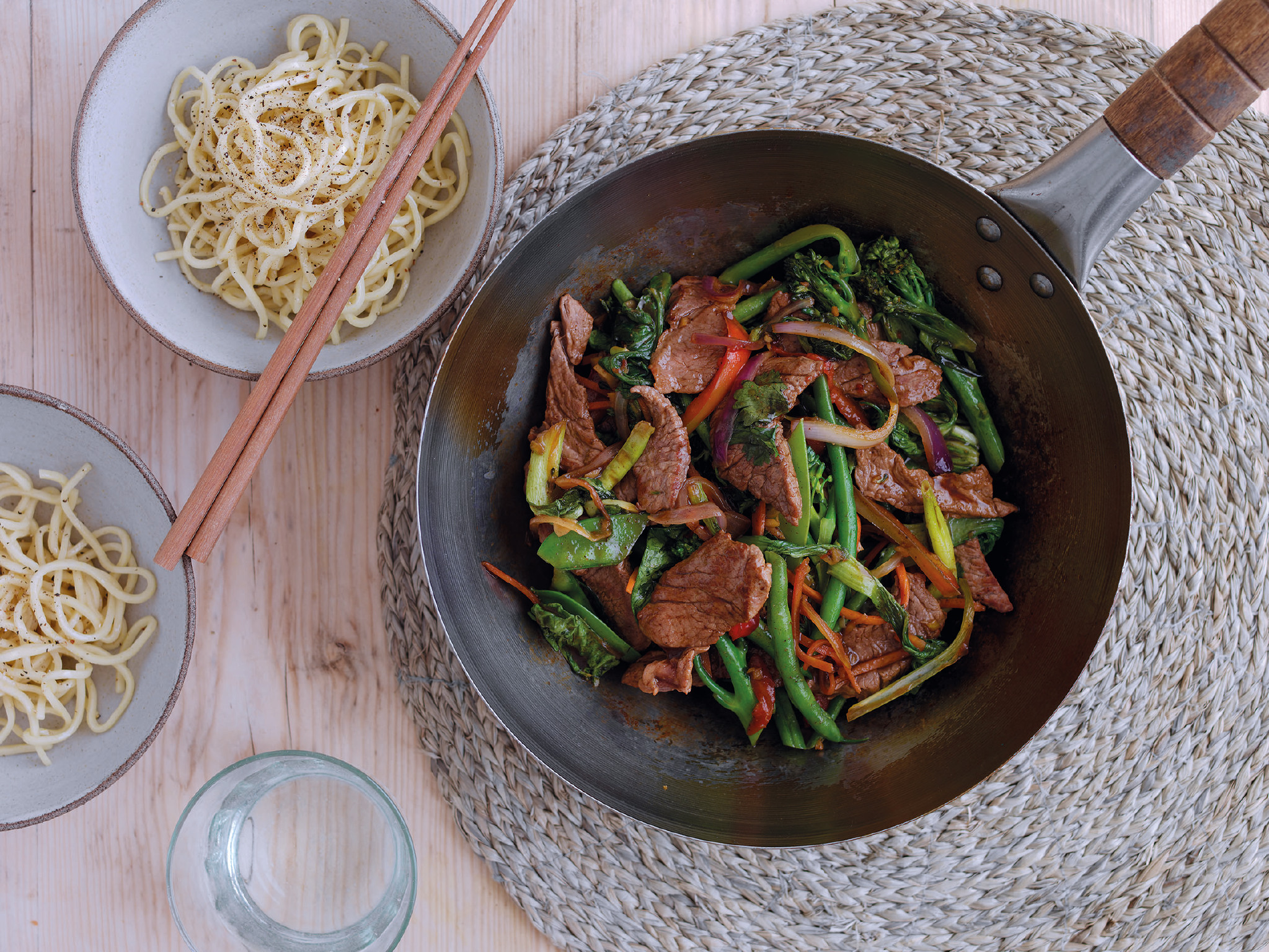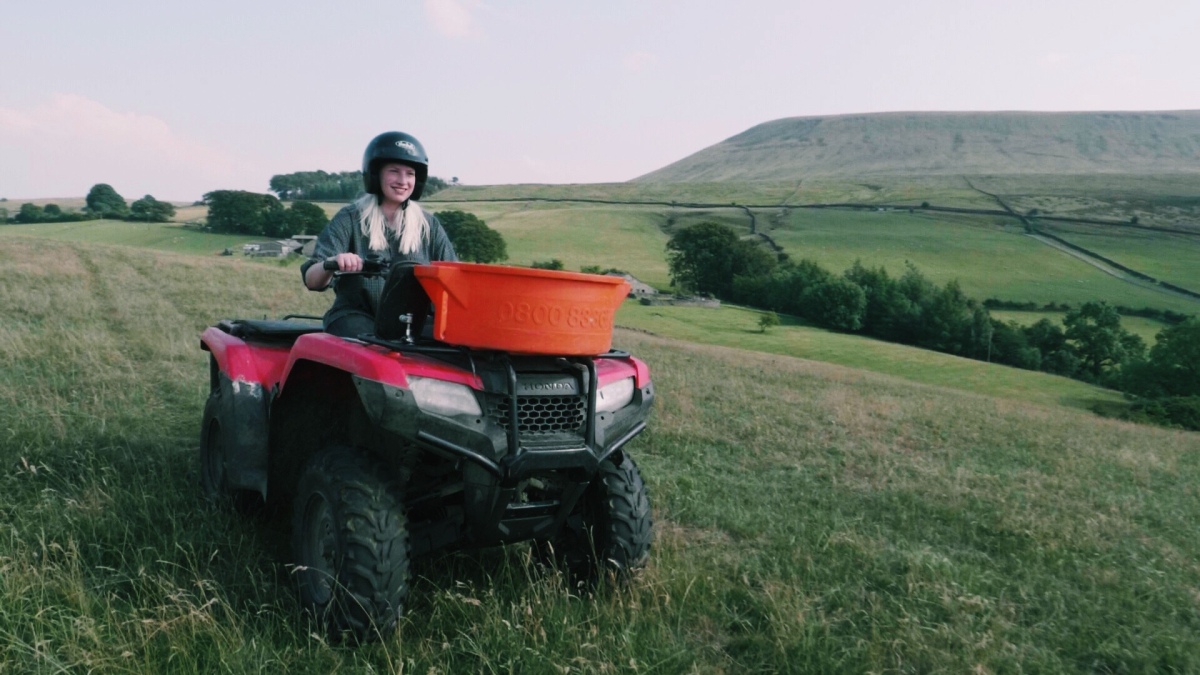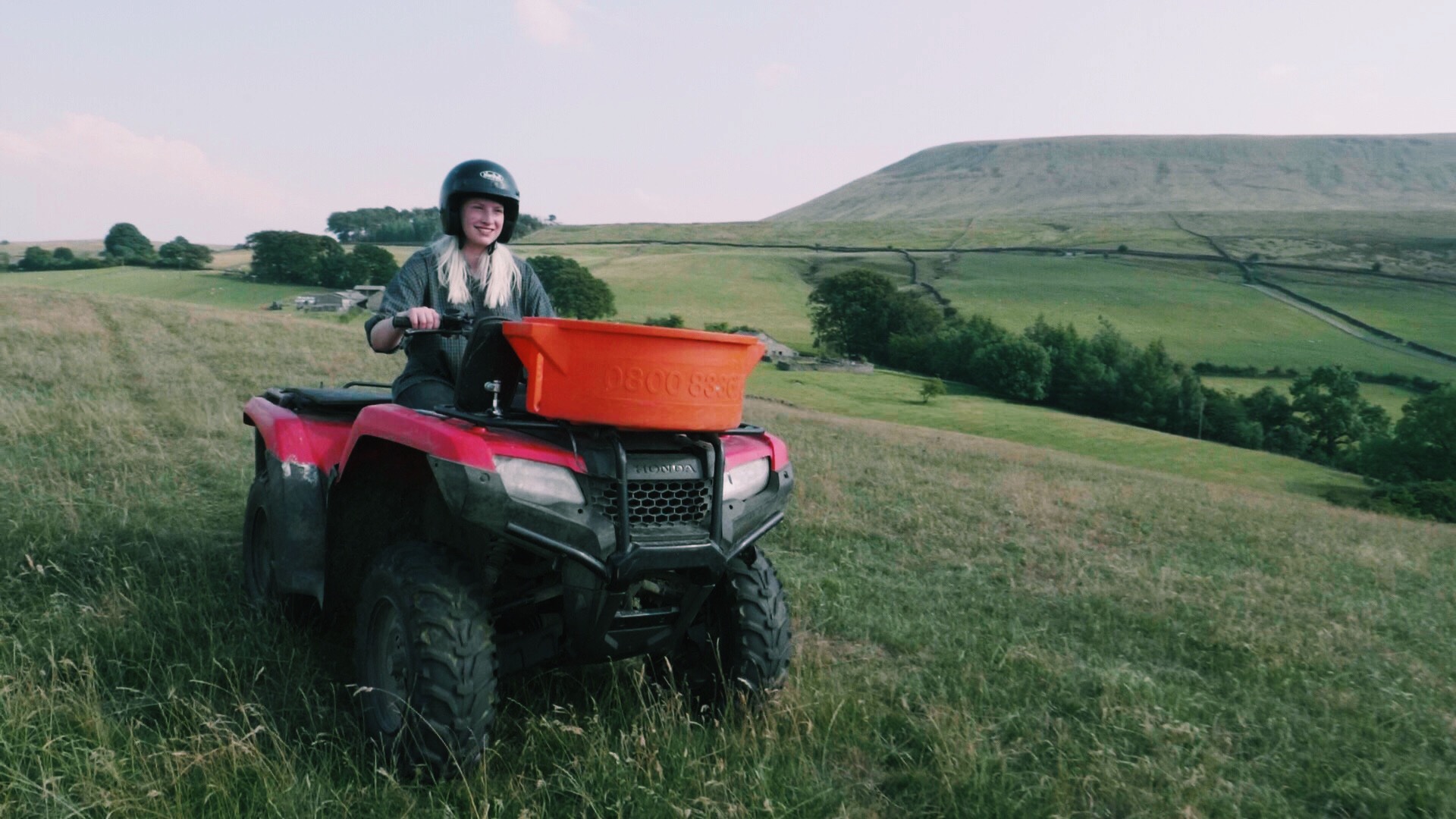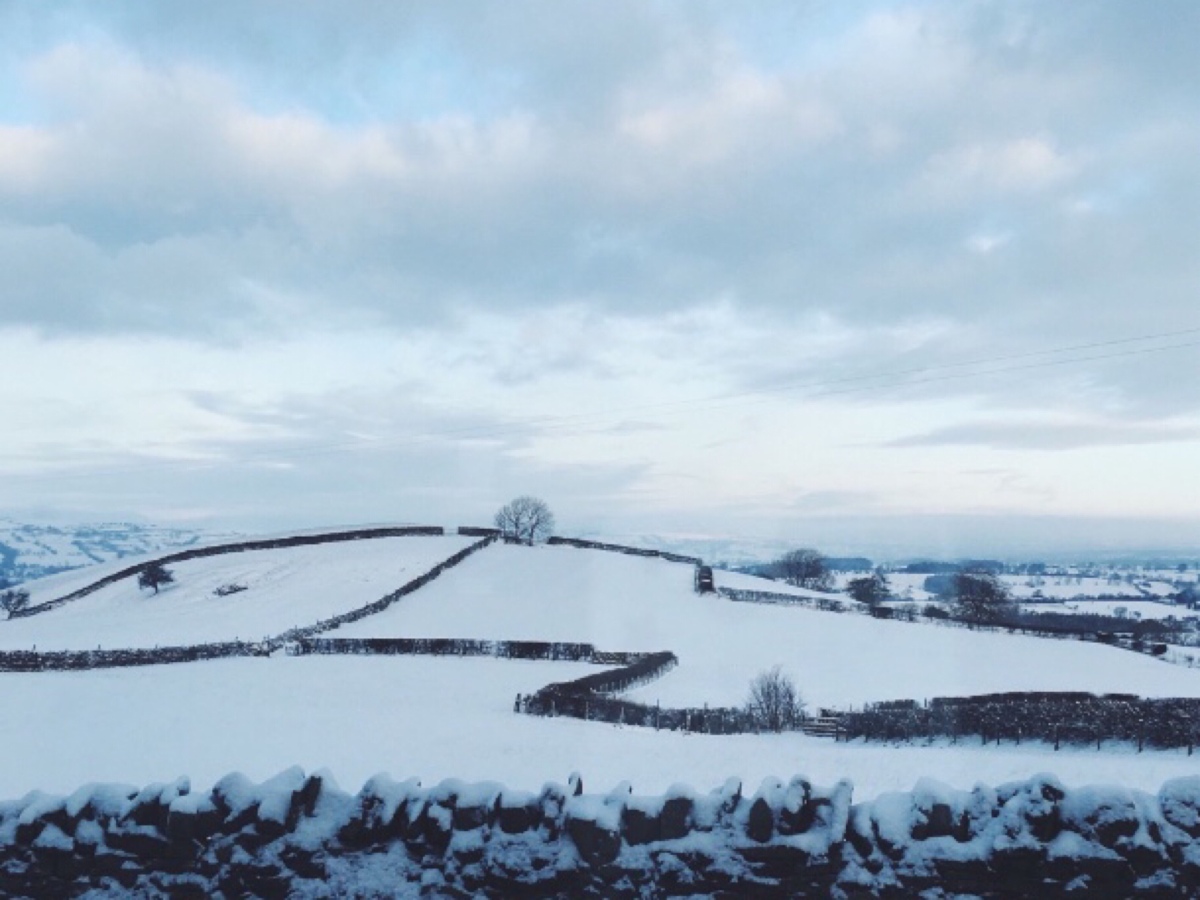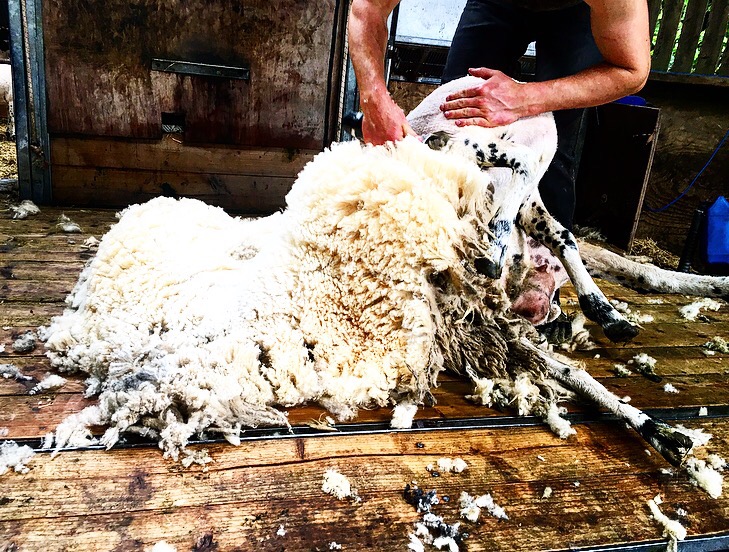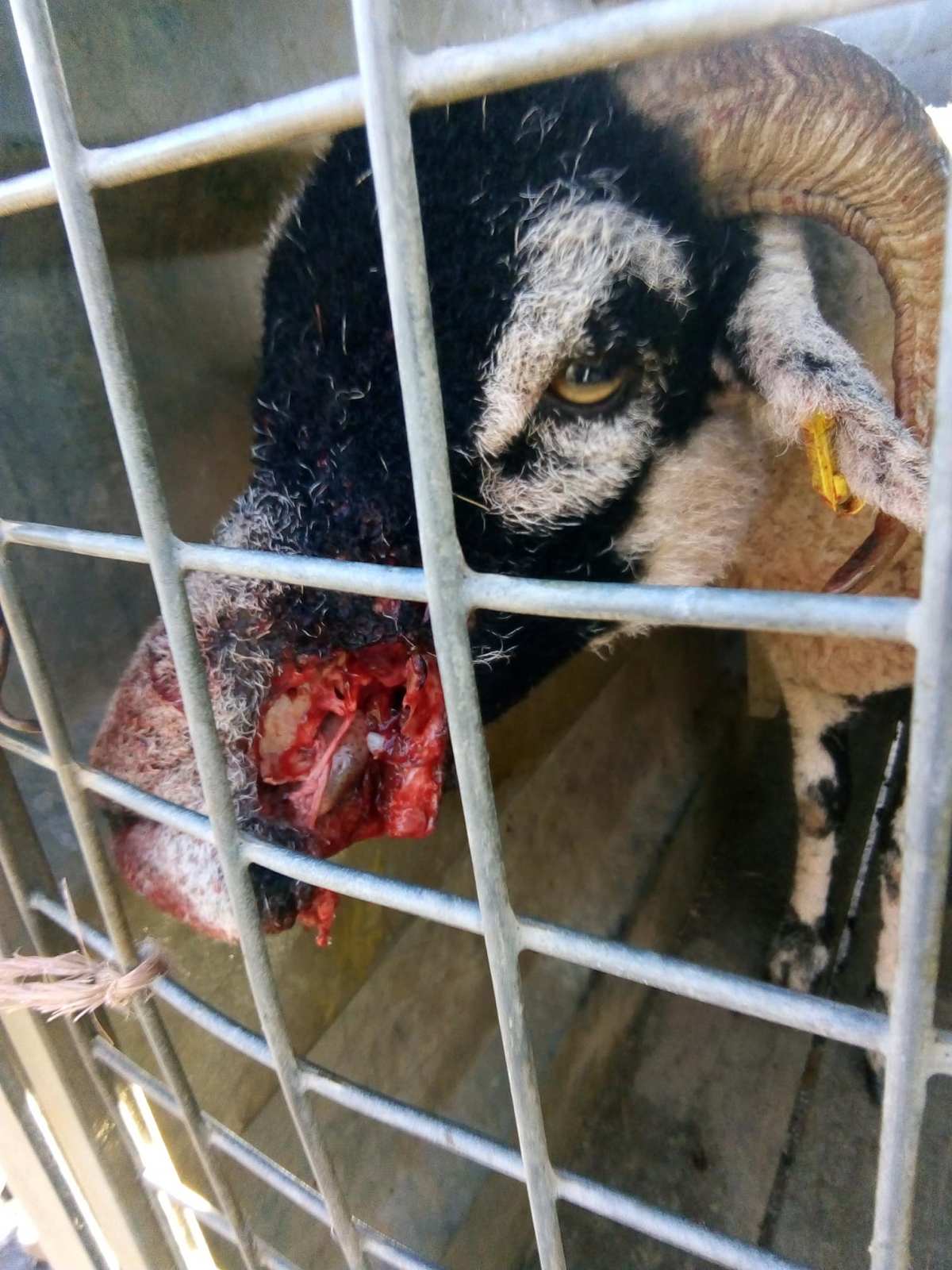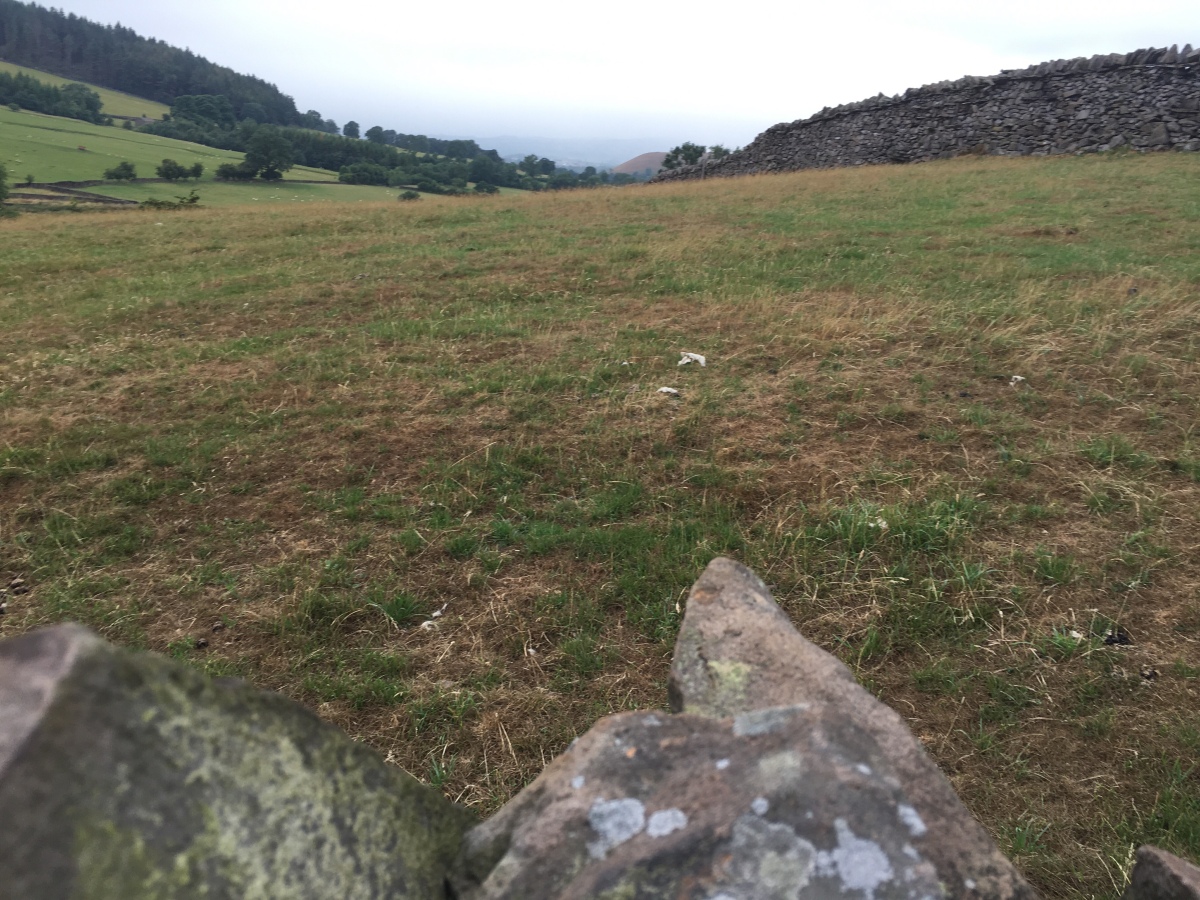After plenty of drunken conversations at 3 am in the morning outside fast food shops in a busy city centre, attending a non-agricultural university really opened my eyes to how out of touch my peers are with British food production and modern farming practises.
Yet these late night conversations illustrated a deep-rooted desire from my peers to know where their food comes from and how exactly it is produced.
Whether a meat-eater, vegetarian or vegan, I firmly believe your choice to eat what you want is yours and yours alone. But whilst I am not prejudice towards other peoples’ choices, I have encountered prejudice due to my farming background and different perspective about the production of food.
For instance, it is often not recognised that British farmers are producing food for everyone across a range of price points that is affordable to all.
But more often than not I am told misconceptions about the industry that are simply not true and have encountered a lot of negative, hostile opinions.

And with the climate change conversation taking more and more precedent in media coverage every day, I, like many other farmers, feel it is time to set the record straight about British agriculture, especially red meat, and the importance of eating seasonally and sustainably.
Did you know that the UK is one of only four countries grades A in animal welfare globally?

This means British agriculture has some of the highest animal welfare standards in the world: so purchasing British meat ensures that from farm to fork, that animal has had the best quality of life adhering to the best welfare standards at every single stage.
The UK is also one of the lowest antibiotic users in the EU – usage on British farms reduced by 53% on farms between 2014-2018. This means UK farmers are using antibiotics on farm in a responsible way to tackle and prevent antibiotic resistance in comparison to globally where antibiotics are seen as a tool to enhance faster, more profitable animal growth.

Interestingly, only 65% of UK farmland is suitable for growing grass and grazing livestock – this means the land cannot be used to grow cereals, fruit or vegetables. So grazing sheep and cows is the best way of converting this luscious green grass into protein fit for human consumption whilst making efficient and sustainable use of one of the country’s most natural resources.
But perhaps more impressively, these livestock pastures also act as carbon sinks, sequestrating atmospheric co2 in the soil as well as providing vital habitats and food sources for some of our most treasured wildlife species.

This is why British beef has a carbon footprint 2.5 times lower than global average and is incredibly sustainable!
And although we are all very fortunate to live in a society where we can eat strawberries at Christmas and can access world wide produce all year round due to imports, I feel slightly uneasy that the importance of seasonal produce is not even an after-thought for most shoppers.
Buying British produce in season not only supports your local growers but also reduces the environmental impact of food miles and ensures flavoursome nutritional health benefits too!

In the UK carrots, cauliflowers, potatoes and peas are available from British growers all year round but other fruit and vegetables have much shorter seasons – why not visit the Great British Larder to find out what is in season when!
With the UK average household only spending 8% of income on food, the third lowest in the world, it therefore does not seem to me an unreasonable ask when considering all of the above for consumers to spend an additional £1 on British produce, especially red meat, rather than purchasing cheaper foreign alternatives.
After all, it is all about making conscious choices regarding the provenance of the food in your fridges and cupboards and by buying British you are simply supporting sustainable agriculture.
So how do consumers select British produce?
Below are four labels to look out for on packets of produce on your next weekly shop. These apply to everyone – meat eaters, vegetarians and vegans, so there should be something for every dietary requirement!

Red Tractor
An independent UK whole chain food assurance scheme, Red Tractor assures the highest standards of food safety, animal welfare and environmental protection from farm to pack.
Inspections are made regularly to ensure that producers are meeting certain standards, such as food safety, animal welfare and the environment.
The logo can be found on:
- meat: beef, lamb, pork, chicken, turkey
- dairy: milk, cheese, cream,
- cereals and flour
- fruit, vegetables and salads
- sugar
With strong characteristics of tracability, animal welfare standards, 100% British and environmental protection, it’s time consumers #trustthetractor
Home

British Lion Mark
The British Lion Mark is one of the UK’s most successful food safety schemes, selling more than 130 million eggs since its launch in 1998.
Their eggs are produced under the requirements of the British Lion Code of Practice which covers the entire production chain.
It has strict safety controls such as a guarantee that all hens are vaccinated against Salmonella and a ‘passport system’ making all hens, eggs and feed fully traceable.
Healthy hens = happy hens = eggs!

Quality Standard Mark
One for you meat eaters.
Quality Standard Mark is a scheme for beef and lamb which has a strict selection process to ensure that it is succulent and tender.
It also tells you where the meat originates from: for instance, there is a St George’s flag if the animal was born, raised and slaughtered in England and the Union Jack if any part of the process took place in Scotland and Wales.
It is really that easy to buy British beef and lamb!
http://www.qsmbeefandlamb.co.uk/quality-standard-mark

RSPCA Assured
The RSPCA Assured label ensures that every stage of an animal’s life has met their Five Freedom Standards. It can be found on meat, poultry, diary and fish products.
Their vision is for all farm animals to have a good life and be treated with compassion and respect.
It covers all types of farming – indoor, outdoor, free-range and organic farming and includes regular traceability checks.
Fun fact – M&S became the first supermarket retailer to supply RSPCA Assured Milk in September 2017!
https://www.rspcaassured.org.uk/
Where else can I find British food produce?
British products are not only found in supermarkets – they are widely available in butcher shops, farm shops, markets and pubs chains (such as J.D. Weatherspoon) across the country. Have a google and see for yourself!
So, take the time to be more aware about the provenance of your food and what makes it into your mouth…
And if you want to know where to buy any British products from, the National Farmers Union (NFU) has a handy online resource which tells you which supermarkets you can buy all your British produce from, catering for all dietary choices.
https://www.countrysideonline.co.uk/home/get-involved/how-can-i-back-british-farming/
I hope you have found this helpful and as always, let me know if you have any questions.







